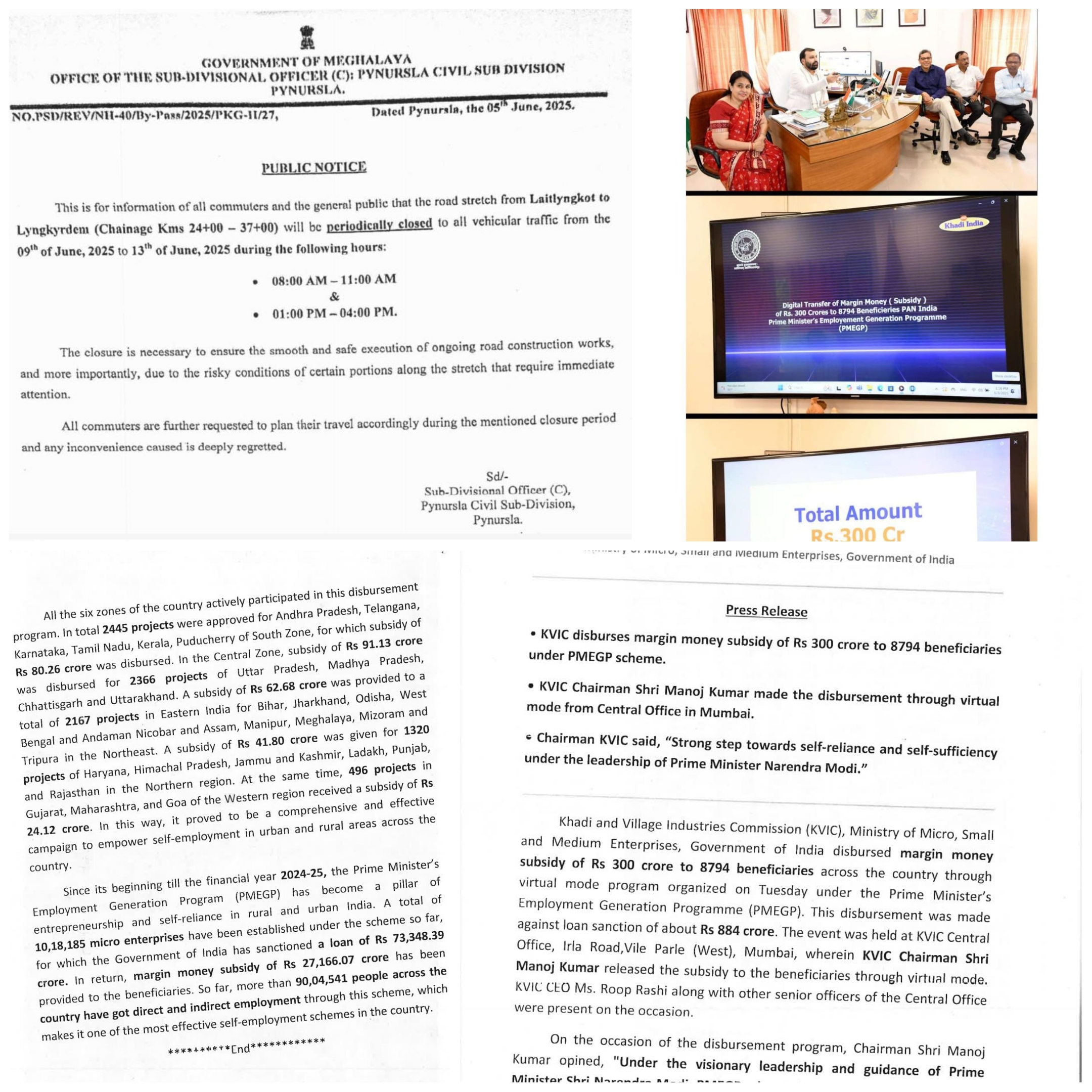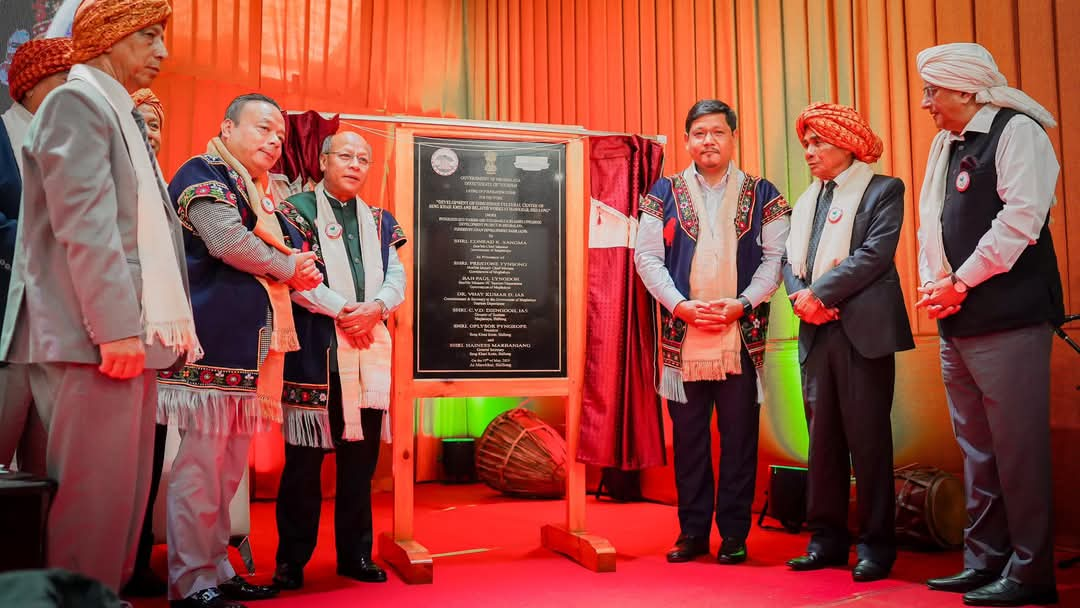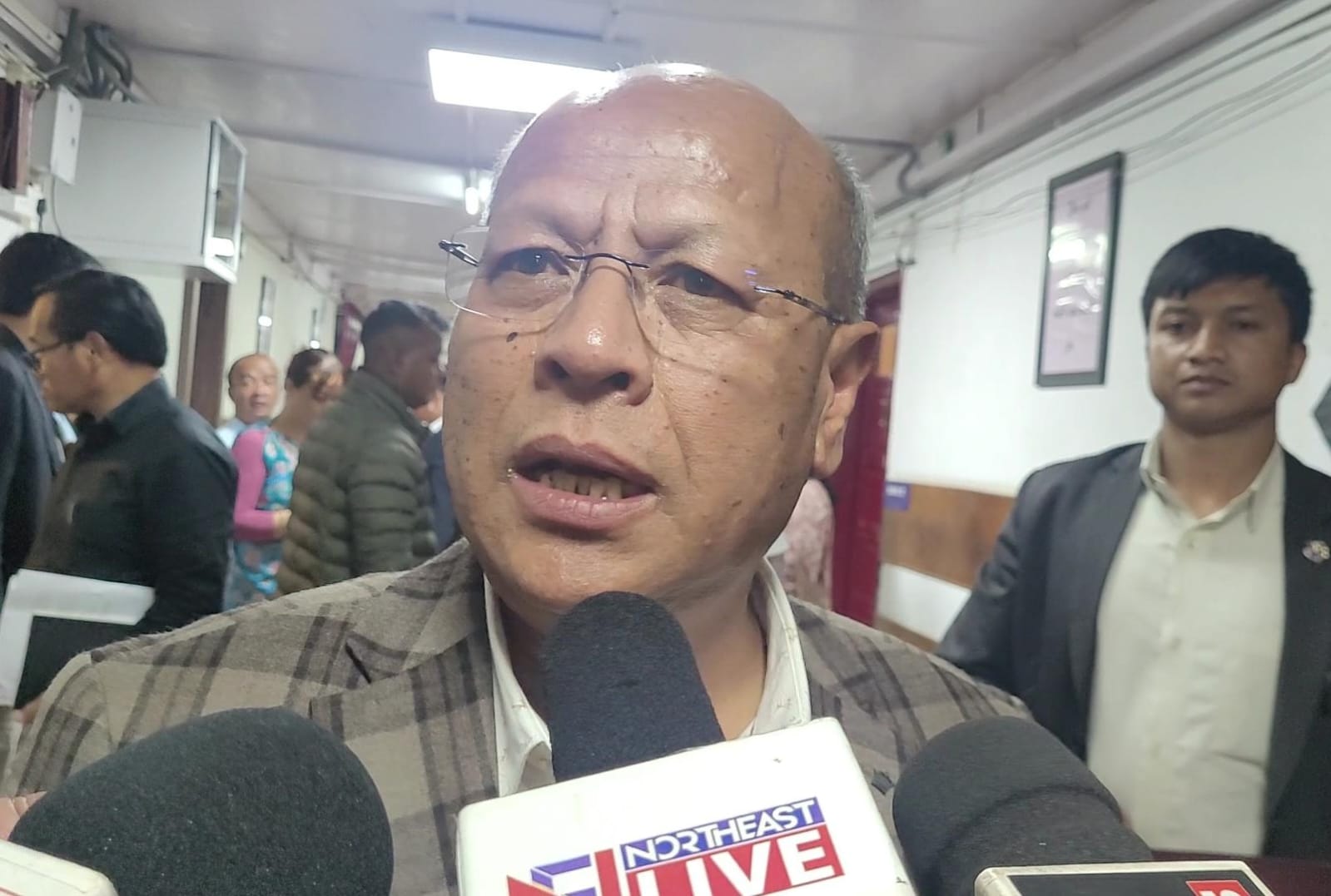
In a decisive move to transform the education landscape in Meghalaya, the state’s Education Department is prioritizing teacher training and pedagogical reforms as key drivers to improve the quality of education. While passing percentages often dominate public discourse, officials now emphasize that genuine educational advancement requires deepening student understanding and comprehension, rather than just facilitating exam success. Commissioner Secretary of Education Vijay Mantri, addressing the media, detailed a comprehensive strategy that transcends conventional textbooks by introducing practical guidebooks, targeted classroom readiness initiatives, and sustained teacher support. This multifaceted approach aims to bridge the diverse learning gaps among students from class one through ten, ensuring teaching is tailored to varied competencies and needs, thus shifting the focus from rote memorization to meaningful learning.
“So when you talk about quality of education, there are various factors involved. One is teacher education, the teacher training of the teachers, qualification of the teachers and the faculties that are in the school, attendance of the students. And also, the quality of teaching is something that is very important,” Mantri explained. He elaborated on efforts to develop teacher guidebooks designed to complement textbooks by offering detailed pedagogical guidance. “If we have a textbook, the textbook doesn’t actually tell how to teach the student. So, there is a separate guidebook we are creating where the teacher is able to understand, read the guidebook and then he will understand how to teach the student. The pedagogy basically we are targeting the pedagogy—what examples to quote, what games to incorporate in the teaching methodology, how to simplify the subject and teach the students. Now, these are the things that we are putting in the guidebook where the teacher will be able to read this guidebook and teach in a better way.”
Mantri clarified that the widely discussed ‘CM Impact’ initiative primarily focuses on easing the passing process rather than improving teaching quality. “CM Impact actually, making the passing easy. Just to passing. But it’s not the teaching them.” While the initial guidebook release targeted class 10, the department is now rolling out guidebooks for teachers of all classes from one to ten. Complementing this, the Meghalaya Class Readiness Programme (MCRP), conducted recently as part of CM Impact, addresses the disparities in student competencies at the start of an academic year. “What happens when you start the class and the new academic session starts? And you have 30, 40 students in front of you. All the students are not in the same capability, same competency they have. Some students are poor, able to take class 10 level and some students are not able to grasp, they don’t know how to write, they don’t have the ability to comprehend what is being taught. That student will lag behind throughout the year. He’s always in the back and then ultimately you fail. So that’s why we have started with CM Impact Meghalaya Class Readiness Programme (MCRP). In this one month, we are dedicating this time to bridge the gap between class 9 and 10. To bring all the students unto one basic level so that they understand what the teacher is teaching before you go to lesson number one. Before I teach lesson number one, I’ll teach the basics to them. That’s one aspect that we have done recently that will definitely show results next year.”
The department is also preparing to introduce the Meghalaya Learning Enhancement Programme to further assist teachers in refining their instructional methods. Mantri pointed out that literacy rate—often misunderstood—is a more complex measure than mere pass percentages. “Literacy rate meaning definition is, it’s very complicated, not as simple as education or pass percentage. Pass percentage is a simple definition. Literacy rate means somebody is literate, somebody is able to read, write, somebody able to comprehend what is written. This definition is given by the Government of India and measured by the Government of India. Our literacy rate has been very good and now we have touched 94 percent.”
Highlighting efforts beyond school-age children, Mantri noted interventions under the Sarva Shiksha Abhiyan (SSA) to educate out-of-school adults, yielding encouraging outcomes. Responding to criticism that CM Impact focuses only on class 10 results, he asserted, “People question that CM Impact is only for class 10 results. But they are not looking at the root cause. The root cause is basically we all agree, that quality of education is very important that we need to improve.”
By integrating teacher training, resource development, and student-centric programs, Meghalaya’s Education Department is setting a new benchmark for holistic educational reforms aimed at fostering genuine learning and literacy across the state.





